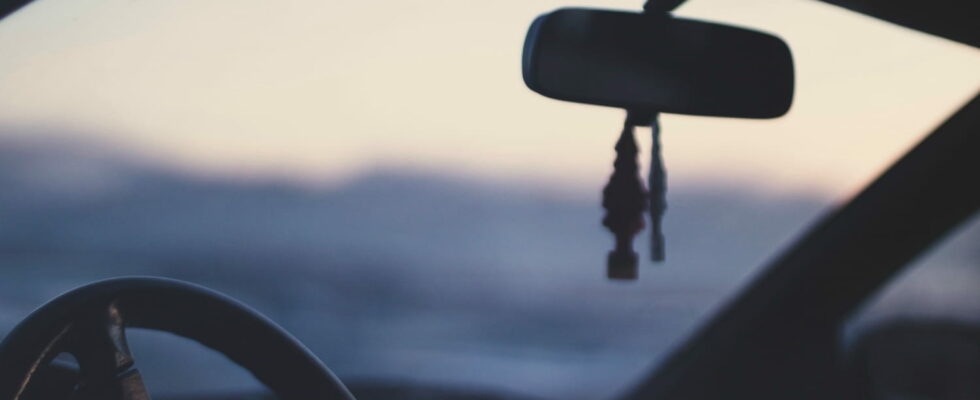This common practice in cars can cost you dearly if the police notice it. Because despite its harmless appearance, it presents a real danger to you and others.
Until it is one day replaced by a screen associated with a camera, the interior rearview mirror remains an essential accessory to monitor what is happening behind your car when you are driving. It is in fact this small mirror fixed to the windshield that allows you to see behind without having to turn your head, and without taking your eyes off the road for too long. It is so familiar that we end up forgetting its presence and its importance.
And, like many motorists, you may have gotten into the habit of using it as a simple support to hang a small familiar object that you like to keep within sight, such as a decoration or a fetish (mascot, religious symbol, lucky charm, flag, football, figurine, miniature animal, scented tree, necklace, heart, etc.). However, this seemingly harmless habit can cost you dearly. And much more than you imagine!
In France, there is no specific law explicitly prohibiting hanging an object from the rearview mirror. But there is indeed a rule that can get you into trouble. The Highway Code is clear: nothing must obstruct the driver’s visibility. Article R412-6 II clearly states that all drivers must be able to easily perform all necessary maneuvers and that their field of vision must not be obstructed by objects, whether they are hanging from the rearview mirror or placed on the dashboard. And that’s precisely where the problem lies!
As you can see, the danger doesn’t only come from the object itself, but from the way it can disrupt your driving and your field of vision. A small, fragrant tree usually doesn’t bother you too much, but larger objects can obstruct part of the windshield, making it difficult to spot a pedestrian or cyclist coming from the side, especially when they’re constantly swinging in front of your eyes.
The police, although they do not systematically issue fines for this type of detail, have full discretion to impose a fine if they judge that your field of vision is obstructed. You could then end up with a second-class fine, initially set at 35 euros, but which can reach 150 euros in the event of a dispute or aggravated offence.
And if that seems excessive, consider that in many common situations (a sharp turn, a pedestrian suddenly crossing, a vehicle pulling in without warning, etc.), every fraction of a second counts. And every detail that narrows your field of vision can mean the difference between a near miss and a collision.
